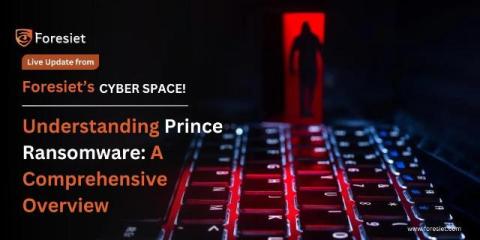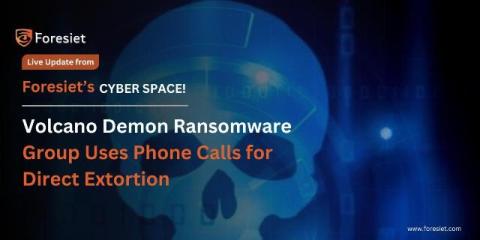Ransomware Attacks: Held Hostage by Code
Data is among the most valuable assets for companies, making it a prime target for malicious actors. Ransomware attacks that seize data and demand a price for its return have become a significant concern for businesses and individuals. According to the Verizon 2024 Data Breach Investigations Report, about one-third of all breaches involved ransomware or another extortion technique. Here’s everything you need to know about ransomware and how to prevent a successful attack.











